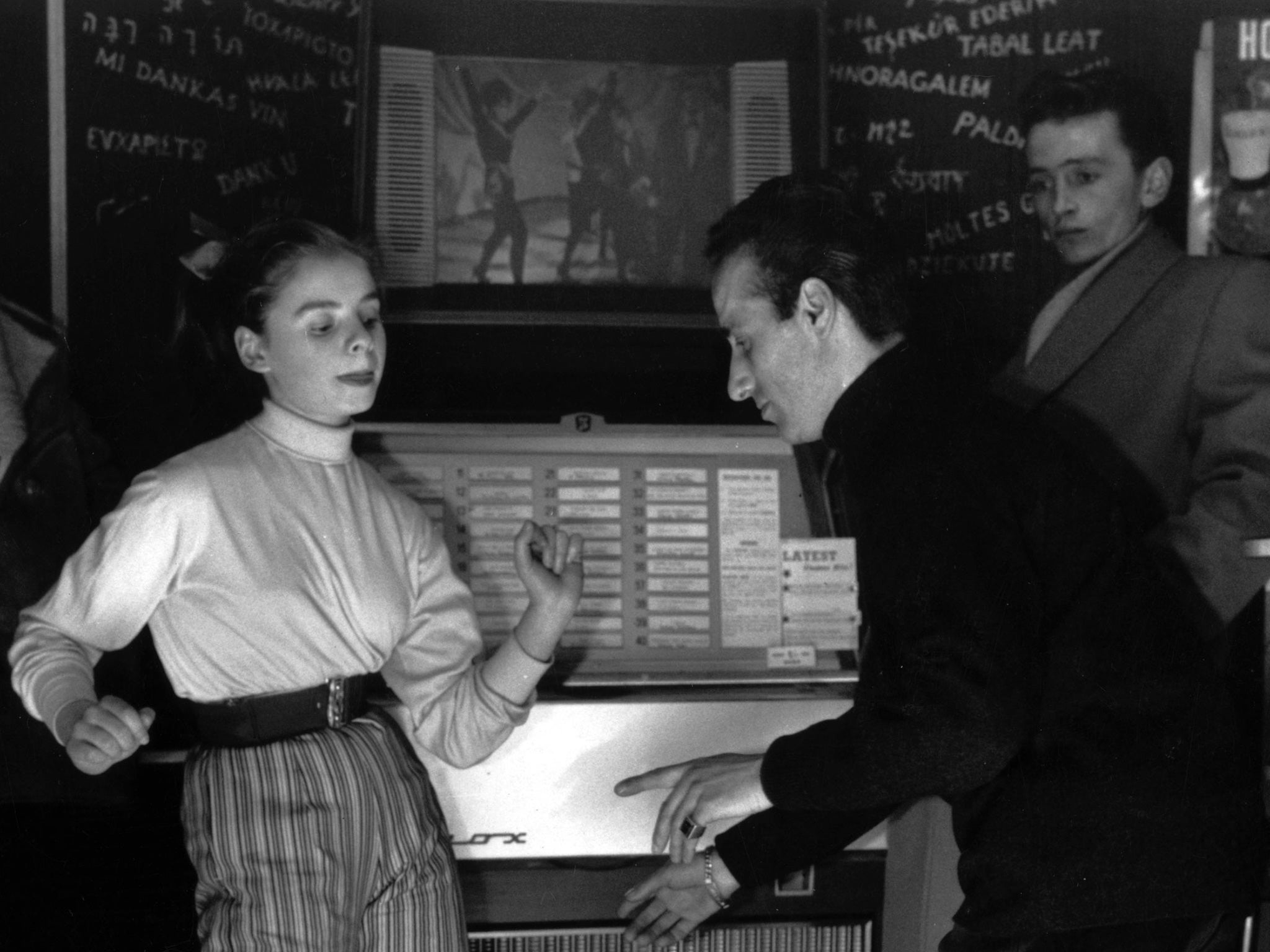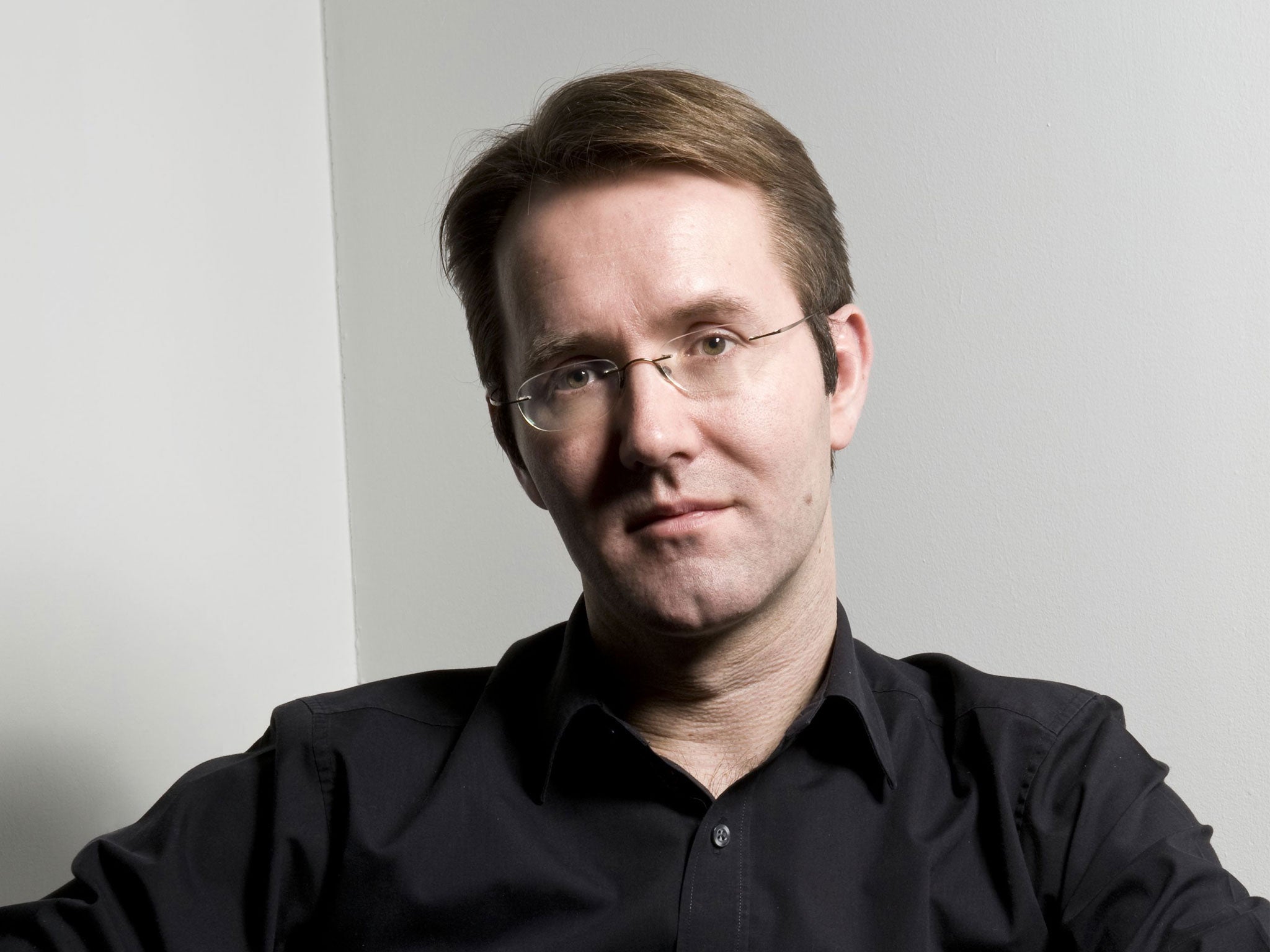Shazam: The progress and appeal of the 'what's that song?' app that's now worth $1 billion
Its success is testament to the idea’s cleverness and investors’ patience

More than half a billion people have now experienced that Shazam “moment”. Mine was at London’s Camden Roundhouse in November 2002, waiting for Michael Moore’s one-man show to start.
“What’s this music that’s playing?” I asked my friend, who whipped out his Nokia phone, dialled 2580 and held it in the air. The answer came back within seconds via text message: it was a song by the Dead Kennedys.
It was one of those jaw-dropping technological moments that one has every couple of years. “No WAY. You’re kidding me,” I said, refusing to believe what had evidently just happened.
Over the next few weeks, I demonstrated this magical Shazam service to everyone I knew. It effectively became a viral app before “viral” or “app” became commonplace terms.
More than 12 years later, Shazam is now synonymous with music identification in the way that Google is synonymous with web search; its nearest rival, Soundhound, has fewer than half the number of users. The company itself – still independent, and with its headquarters in London – is now valued at $1bn after a recent round of funding. “It’s a great success story,” says Ben Drury, founder of music service 7digital, “because it hasn’t fitted the traditional venture-capital timeframe. They’ve had some very patient investors and they’re a great advert for persistence.”
The roll call of digital services that launched in 1999 reads like a memorial for those no longer with us: Excite, Altavista, Napster, boo.com, Flooz and Webvan. Shazam was born that same year, but has demonstrated unusual staying power. Its longevity is centered around its ability to deal with a specific problem that’s always existed: people hearing music outside their homes – in pubs, clubs and sandwich shops – and wanting to know what it is.
Whether it was by luck or judgement, Shazam turned out to be a mobile solution to the problem, one that hasn’t yet been superseded or replaced by a new technology. “Luck is involved with every business,” says Shazam’s executive chairman, Andrew Fisher, “but it’s also about getting the timing right. If anything, we were slightly early.” The technology behind Shazam remains ingenious: pieces of music are analysed according to their peaks on a spectrogram (a visual display of the prominent frequencies in a track, from booming bass to fizzing cymbals), and then distilled down to a small set of unique audio co-ordinates. The lo-fi nature of sounds played over a mobile phone means that this analysis has to be resilient to extraneous noise, distortion, chat and general degradation. The results also have to be stored in a colossal database in order to be compared with incoming data. Shazam achieved both. Positive matches generating song titles was a process that blew our tiny minds.
“They were able to solve the problem using the technology available at the time,” says Paul Smernicki, director of digital at Universal Music UK, “but they couldn’t have foreseen what was going to happen to that technology.”

Fisher concurs. “A number of things changed over the years that we couldn’t control or influence,” he says. “One was digital music: when we started it didn’t actually exist – we had physical CDs, but we didn’t have iTunes.”
The second big change was, of course, the arrival of the smartphone.
“That completely rejuvenated Shazam’s business,” says Drury. “If it wasn’t for the iPhone, I’m not sure they’d still be around.”
“It’s almost like the technology collided with what Shazam was already doing,” says Smernicki, “and when it did, it made it a million times more user-friendly.” The free Shazam app, used by 500 million people across the globe, is now all about that big round button; push the button, and the app will, more often than not, tell you which song is playing.
“The third change was unlimited data tariffs,” says Fisher. “When each of these changes happened, we saw an inflexion point in the number of people using the service.”
By riding the wave of digital music in the first decade of the 21st century, Shazam ended up having a profound effect on the way that music was consumed. The shift from consumption of albums to consumption of single tracks may well have been driven by Apple’s iTunes, but Shazam made those purchases instant and reactive: hear a tune, like a tune, buy a tune.
“Music is an emotive purchase,” says Fisher. “If you enable people to buy something at the point of inspiration, and the price point is accessible, and all they have to do is click a button, then they’ll click that button.”
Shazam now accounts for an astounding 10 per cent of all digital music sales worldwide. By directing people towards iTunes, Google Play, Amazon and other digital retailers, Shazam initiates 500,000 purchases a day – and, for its trouble, gets a cut of the revenue.
But the world of digital evolves quickly. In recent years, sales of mp3s have begun to dwindle as people turn to music streaming services such as Spotify. The idea of “owning” music is becoming old hat; the prospect of paid access to a seemingly infinite jukebox is becoming far more appealing. “The market data is public,” says Drury, “and it’s quite clear that iTunes sales have declined. One would imagine that Shazam’s revenue is falling at least in proportion with that.” Fisher, while agreeing that listening behaviour is changing, notes that these streaming services are also desperate to tap into Shazam’s power.
“They pay us to be integrated into our service,” he says. “They’re trying to acquire new users; they’re in business-building mode. We actually make more money per [streaming] user than we do out of à la carte sales.”
With an enormous user base idly tagging its favourite songs on a daily basis, Shazam evidently forms an integral part of a music industry now driven by data. “Twenty years ago, we were wholesalers,” says Smernicki. “We’d sell Boyzone albums to Woolworths but would have no idea what people were actually doing with those records. Now, there’s a billion and one different data points that you can look at. You can find out exactly what happened yesterday around a certain artist. In fact, there’s almost a risk of data paralysis, because there’s always another data point you can look at; always another counter-argument.”
While the technology behind Shazam can be used to determine which songs are being played around the world at any given moment, it actually supplies a far more useful metric to the industry; which, of all those millions of songs, people are actually enjoying.
And it doesn’t just have to apply to songs. Fisher’s ambition is for Shazam to form an integral part of people’s daily lives. That vision includes Shazam-driven consumption of television, film and indeed every product under the sun. “Recorded music is worth about £6.5bn worldwide per year,” he says. “TV advertising is worth £200bn worldwide, £4bn in the UK. We’ve recognised that people are using Shazam during TV shows and adverts, and we want to help the advertiser create value, extend engagement, build a bigger business.”
North America has been the testing ground for this. Every US TV show and 85 per cent of US TV adverts can now be Shazammed. In these cases the app becomes like an efficient version of those QR barcodes you see on posters; simply launch the app while watching television, and it’ll automatically direct you to more content from that brand, TV show or film studio. Shampoo adverts might send you to hair-styling tutorials; insurance ads might initiate a call to get you an instant quote.

“One of the ways Shazam will measure its success in the future,” says Fisher, “is by the number of users that aren’t going to a web browser and typing in a URL.” Shazam is looking to introduce these TV-based services to its seven million monthly UK users later in 2015.
The last 20 years have seen a whole range of technologies reduce the time that elapses between thought and action, whether that’s cheating in a pub quiz by looking up the names of the contestants in Wacky Races, or making frivolous one-click purchases on eBay. The amount of time we spend immersed in a state of curiosity is being constantly slashed, and Shazam is dedicated to cutting that still further, with its slightly dull talk of “delivering a new paradigm for brands” in order to “effectively execute our corporate strategy”.
Whether you think that this is a heaven-sent way of allowing us to use our time on Earth more efficiently, or represents the tragic death of the human state of wonder, the original idea behind Shazam still feels faintly magical.
Yes, that magic will inevitably fade as “Uber’s Children” grow up and get used to receiving everything they need at the touch of a button, a nod of the head or a distracted murmur.
But for now, Shazamming still feels like a luxury bestowed upon us by the technological gods. I never did buy that record by the Dead Kennedys. Maybe I’ll do it now.
Join our commenting forum
Join thought-provoking conversations, follow other Independent readers and see their replies
Comments